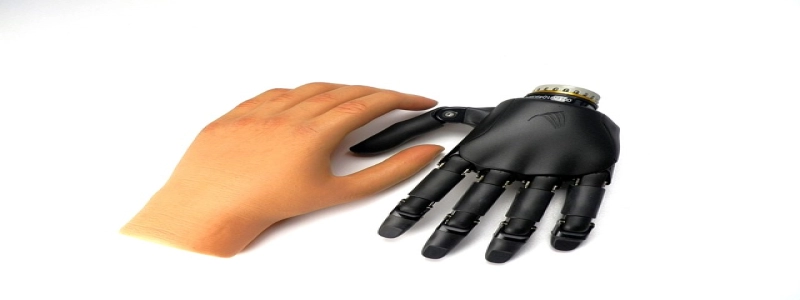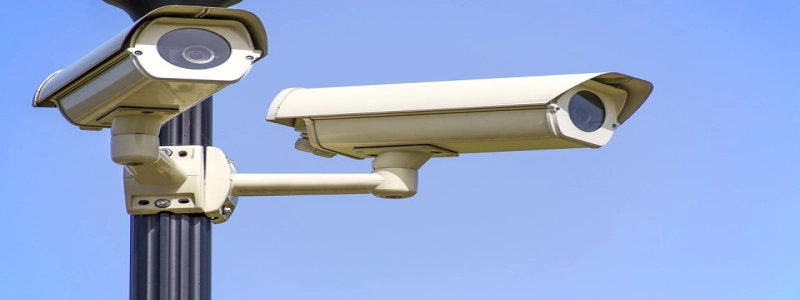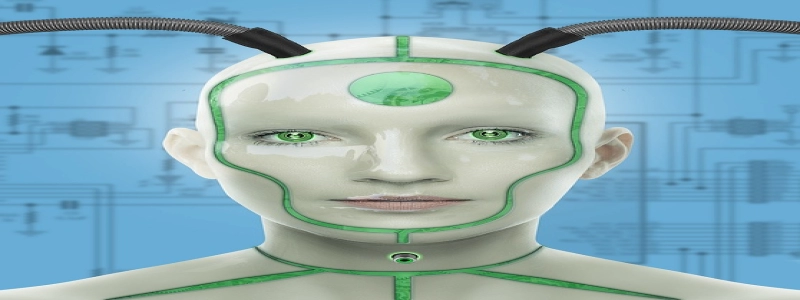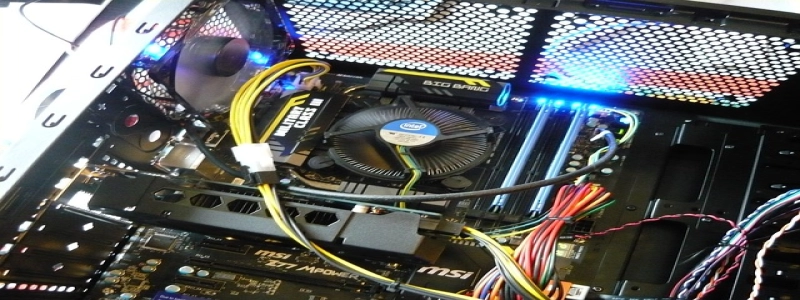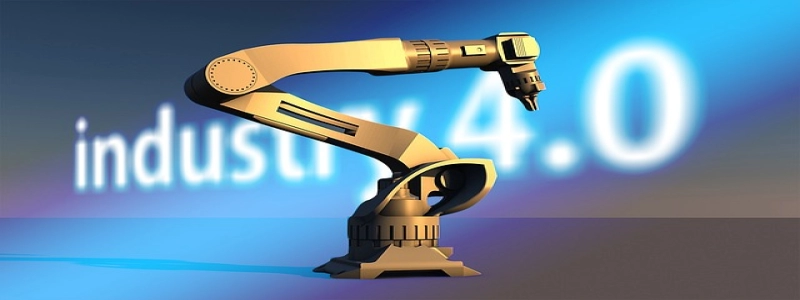Ethernet to EtherCAT Converter
1. Introduction
1.1 What is Ethernet?
1.2 What is EtherCAT?
1.3 Need for Ethernet to EtherCAT Converter
2. Understanding Ethernet
2.1 Ethernet Basics
2.2 Advantages of Ethernet
3. Understanding EtherCAT
3.1 EtherCAT Basics
3.2 Advantages of EtherCAT
4. Ethernet to EtherCAT Converter
4.1 What is an Ethernet to EtherCAT Converter?
4.2 How does it work?
4.3 Features of Ethernet to EtherCAT Converter
4.4 Benefits of Using an Ethernet to EtherCAT Converter
5. Applications of Ethernet to EtherCAT Converter
5.1 Industrial Automation
5.2 Robotics
5.3 Process Control
5.4 Automotive Industry
6. Choosing the Right Ethernet to EtherCAT Converter
6.1 Compatibility with Existing Infrastructure
6.2 Flexibility and Scalability
6.3 Reliability and Performance
7. Installation and Configuration
7.1 Hardware Installation
7.2 Software Configuration
8. Troubleshooting and Maintenance
8.1 Common Issues
8.2 Maintenance Tips
9. Conclusion
1. Introduction
1.1 What is Ethernet?
Ethernet is a widely used technology for establishing wired computer networks. It offers fast and reliable communication between devices connected within a local area network (LAN).
1.2 What is EtherCAT?
EtherCAT stands for Ethernet for Control Automation Technology. It is an Ethernet-based fieldbus system designed specifically for industrial automation applications. EtherCAT provides real-time communication with high-speed, determinism, and synchronization capabilities.
1.3 Need for Ethernet to EtherCAT Converter
The need for an Ethernet to EtherCAT converter arises when there is a requirement to integrate existing Ethernet-based devices into an EtherCAT network. This converter allows seamless communication between the two protocols, ensuring compatibility and interoperability.
2. Understanding Ethernet
2.1 Ethernet Basics
Ethernet is a family of technologies for local area networks (LANs) that enable devices to communicate with each other. It uses a packet-switching method to transmit data over the network.
2.2 Advantages of Ethernet
Ethernet offers several advantages, such as high data transfer rates, scalability, compatibility with existing infrastructure, and widespread compatibility with devices and protocols.
3. Understanding EtherCAT
3.1 EtherCAT Basics
EtherCAT is a high-performance, real-time industrial Ethernet technology that enables fast and deterministic communication between automation devices. It uses a master-slave architecture and a distributed clock synchronization approach.
3.2 Advantages of EtherCAT
EtherCAT offers numerous advantages, including high-speed communication, precise synchronization, high data transfer rates, and the ability to connect large numbers of devices in a single network.
4. Ethernet to EtherCAT Converter
4.1 What is an Ethernet to EtherCAT Converter?
An Ethernet to EtherCAT converter is a device that bridges the gap between Ethernet-based devices and an EtherCAT network. It provides protocol conversion and ensures seamless communication between the two protocols.
4.2 How does it work?
The Ethernet to EtherCAT converter receives data from Ethernet devices, converts it into EtherCAT-compatible format, and sends it to the EtherCAT network. Similarly, it receives data from the EtherCAT network, converts it into Ethernet-compatible format, and sends it to the Ethernet devices.
4.3 Features of Ethernet to EtherCAT Converter
Some common features of an Ethernet to EtherCAT converter include bidirectional data conversion, multiple port options, compatibility with various Ethernet and EtherCAT versions, and support for various industrial protocols.
4.4 Benefits of Using an Ethernet to EtherCAT Converter
Using an Ethernet to EtherCAT converter offers benefits such as easy integration of existing Ethernet devices into EtherCAT networks, cost savings by avoiding the replacement of Ethernet devices, and increased flexibility in network design.
5. Applications of Ethernet to EtherCAT Converter
5.1 Industrial Automation
The Ethernet to EtherCAT converter finds extensive use in industrial automation applications, where it allows the integration of legacy Ethernet devices into EtherCAT-based control systems.
5.2 Robotics
In robotics, an Ethernet to EtherCAT converter is used to enable communication between the robotic controller and EtherCAT-based servo drives and sensors.
5.3 Process Control
Process control systems often rely on Ethernet-based devices for data acquisition and control. With an Ethernet to EtherCAT converter, these devices can seamlessly communicate with EtherCAT-based real-time control systems.
5.4 Automotive Industry
The automotive industry utilizes Ethernet for communication between various control units. With an Ethernet to EtherCAT converter, automotive manufacturers can integrate existing Ethernet-based devices into their EtherCAT-based systems.
6. Choosing the Right Ethernet to EtherCAT Converter
6.1 Compatibility with Existing Infrastructure
When selecting an Ethernet to EtherCAT converter, it is crucial to ensure compatibility with existing infrastructure, including Ethernet devices and EtherCAT network configurations.
6.2 Flexibility and Scalability
Consider a converter that offers flexibility in terms of the number of ports, support for various Ethernet and EtherCAT versions, and the ability to expand the network as needed.
6.3 Reliability and Performance
Evaluate the reliability and performance of the converter, including factors like data transfer rates, latency, and support for real-time communication.
7. Installation and Configuration
7.1 Hardware Installation
Follow the manufacturer’s instructions to install the converter in the network infrastructure. This typically involves connecting Ethernet devices, the converter, and the EtherCAT network using appropriate cabling.
7.2 Software Configuration
Configure the converter settings through the provided software or web interface. This includes assigning IP addresses, configuring protocol parameters, and setting up the necessary mappings for data exchange.
8. Troubleshooting and Maintenance
8.1 Common Issues
Common issues that may arise with an Ethernet to EtherCAT converter include incorrect configuration, network connectivity problems, and compatibility issues. Troubleshoot these issues accordingly.
8.2 Maintenance Tips
Regularly update the firmware of the converter to ensure compatibility with the latest Ethernet and EtherCAT standards. Additionally, conduct periodic network testing and ensure proper cable management.
9. Conclusion
In conclusion, an Ethernet to EtherCAT converter is a vital tool for integrating existing Ethernet devices into EtherCAT-based networks. It enables seamless communication between the two protocols and offers numerous benefits in industrial automation, robotics, process control, and the automotive industry. Carefully choose the right converter based on compatibility, flexibility, scalability, reliability, and performance. Proper installation, configuration, and maintenance ensure optimal functionality and longevity of the converter.
